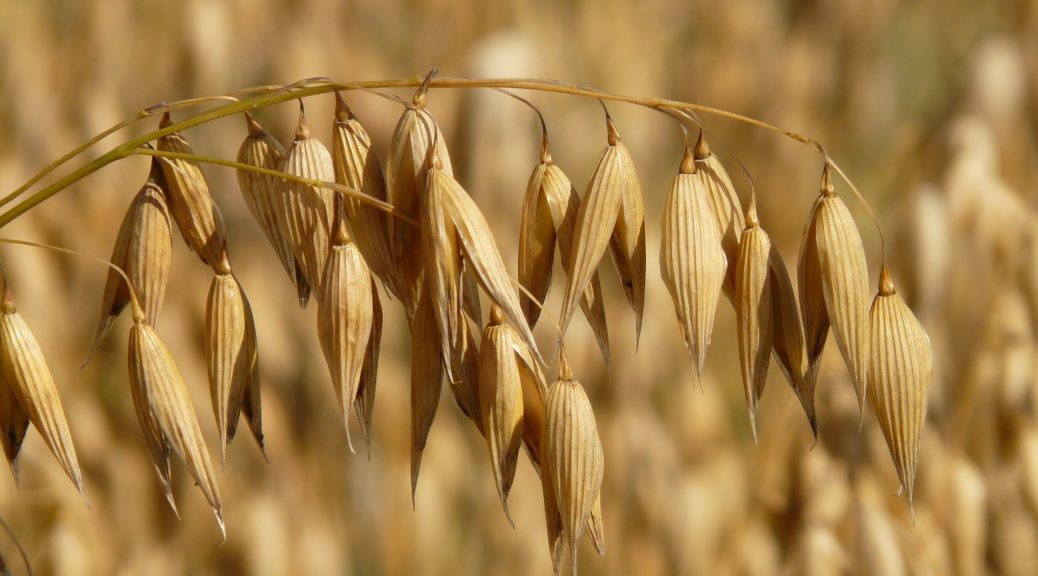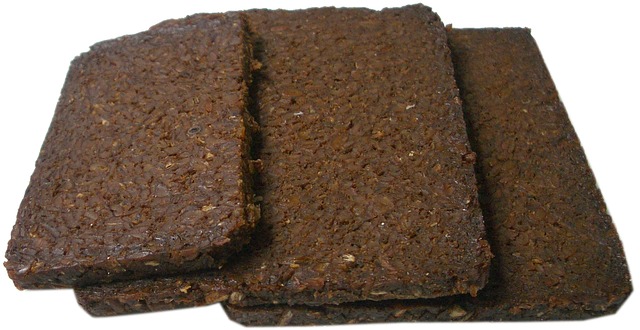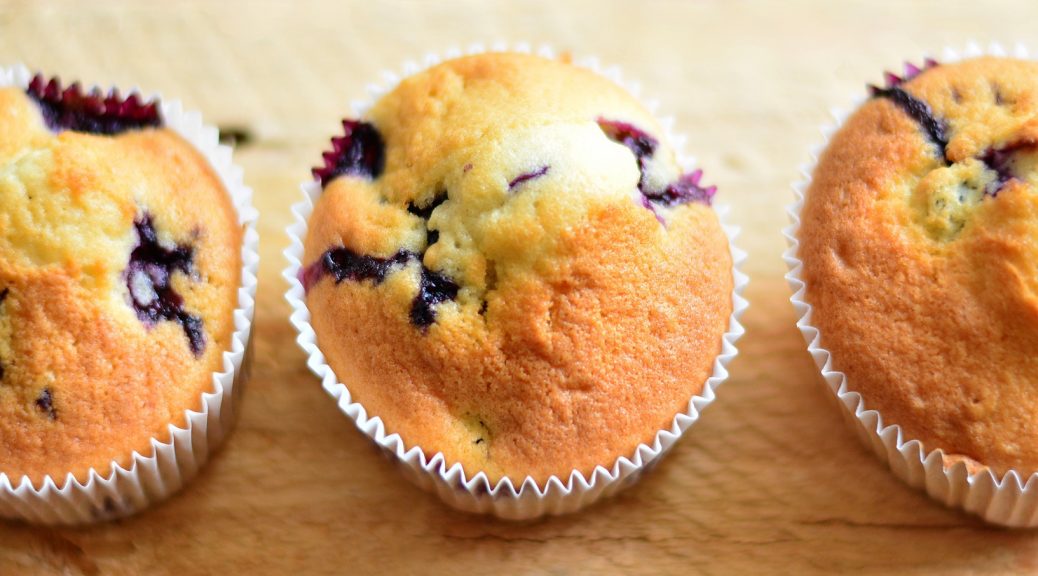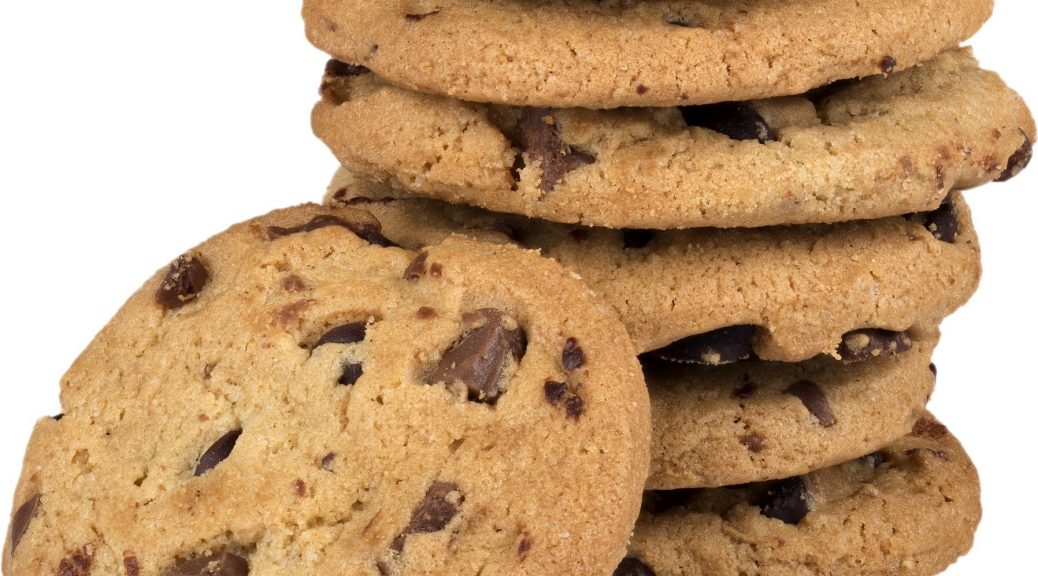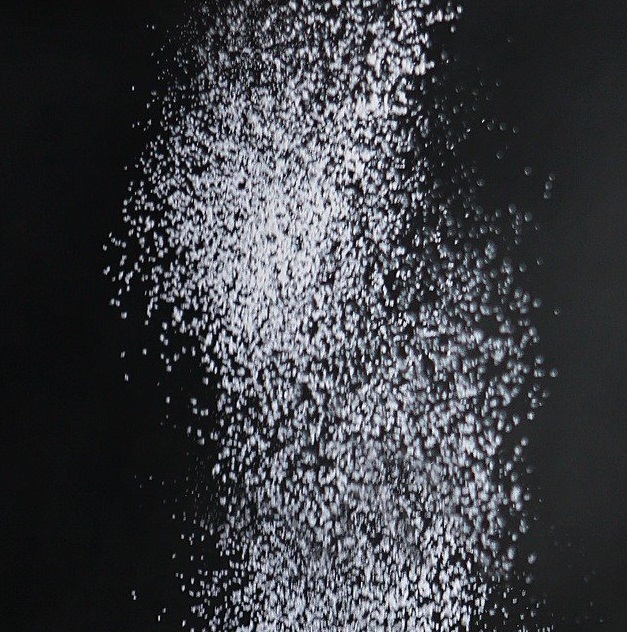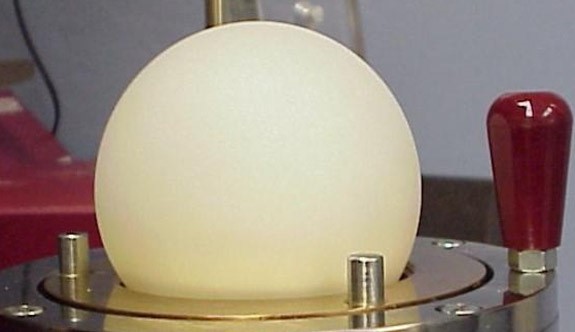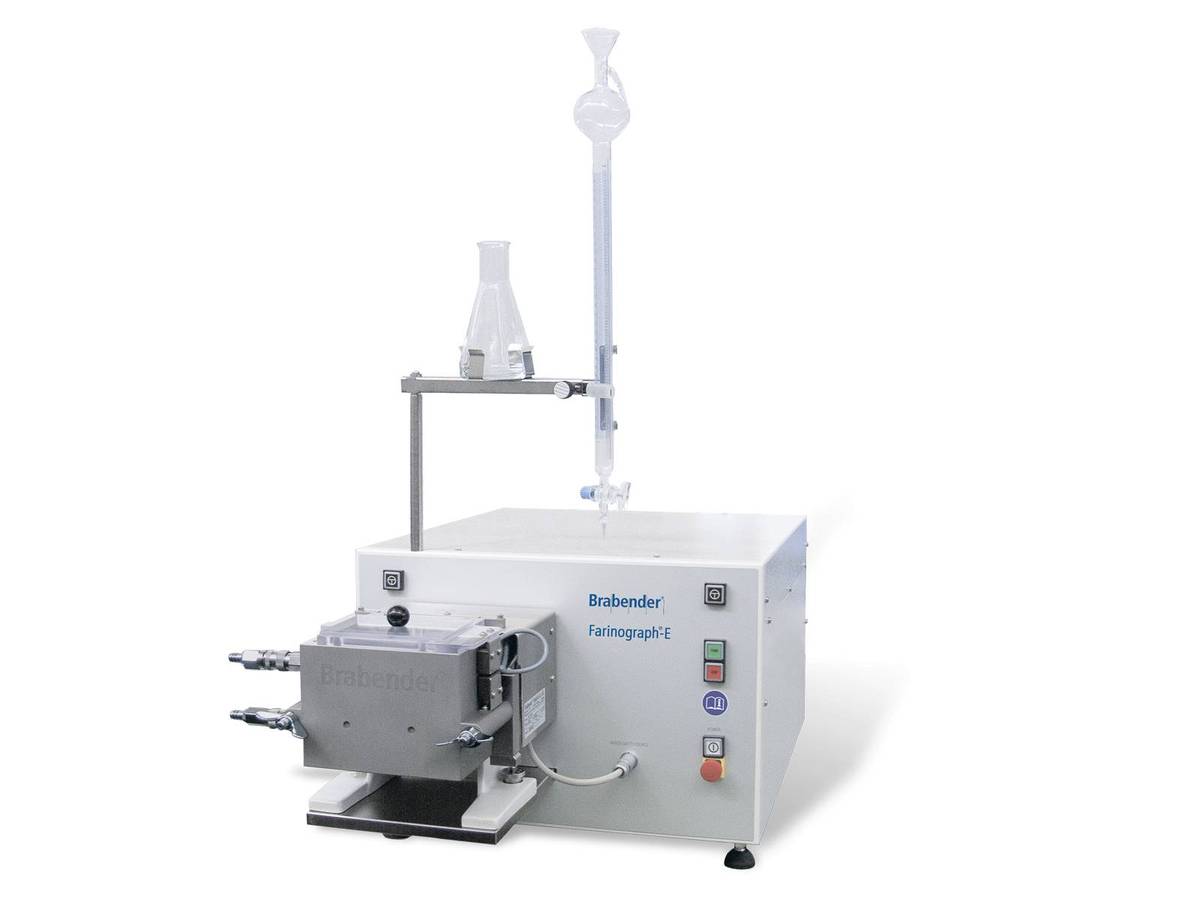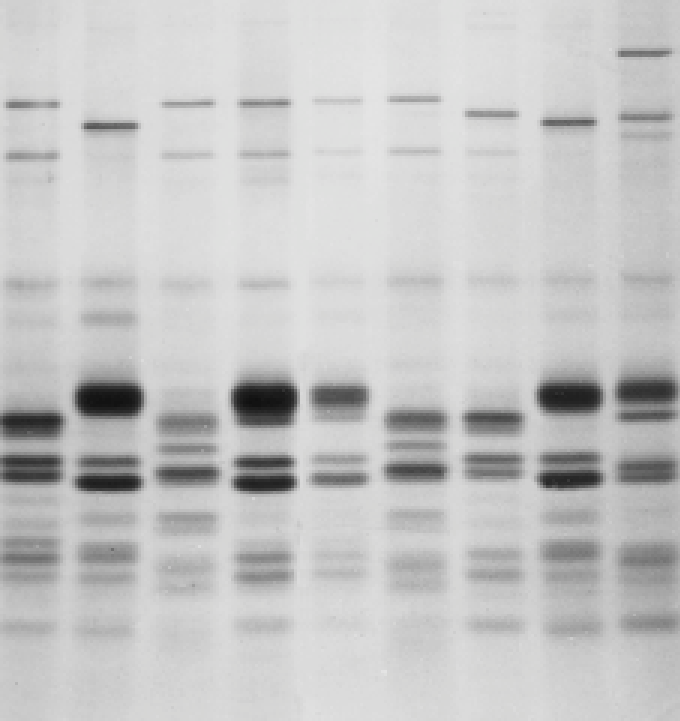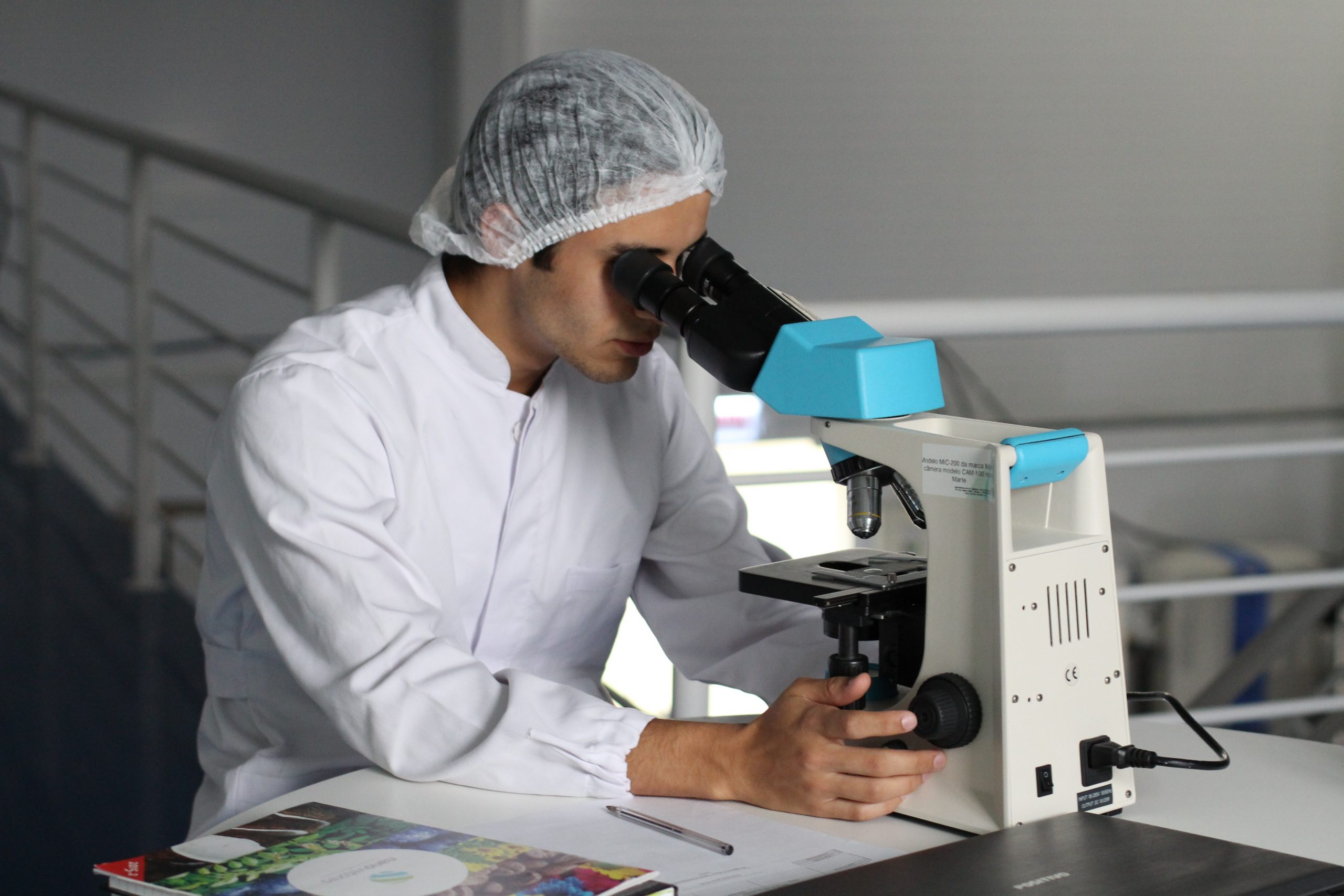Oats: A Unique and Interesting Cereal
Oats are a very curious and interesting cereal. Yet, at least in Spain, they are not experiencing the success they could. As we will see, this cereal shares similarities with others, but it also has significant differences, both in composition and morphology, that make it very special. Let’s start by highlighting that oats are a husked cereal, like barley or rice (there are also husked wheats, but these are less common). This means that in companies that process oats, specific…
